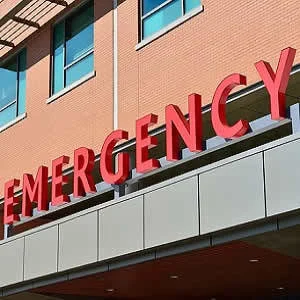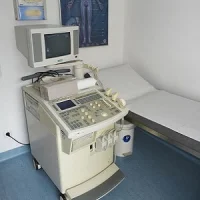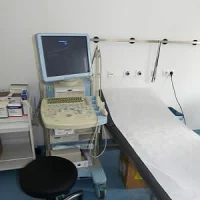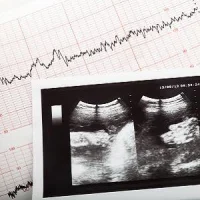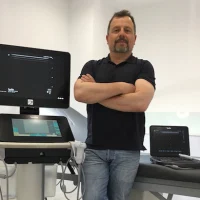There is significant evidence that the routine use of sonography in emergency departments can improve care for adults when evaluating them for possible abdominal injuries. However, researchers at UC Davis Medical Center have found that there have been no significant improvements in care for paediatric trauma patients. Findings are published in the Journal of the American Medical Association.
The researchers investigated the Focused Assessment with Sonography for Trauma (FAST) in order to determine whether the use of FAST examination led to a decrease in the use of CT scans for children as well as other outcomes. FAST is a bedside ultrasound examination with a portable ultrasound machine while CT scans are the gold standard in diagnostic imaging.
James Holmes, professor of emergency medicine and the study's lead author explains that there is evidence which suggests that the use of ultrasound can safely decrease the use of CT scans in adults but whether this holds true for children still remains to be seen.
The researchers identified a study cohort of haemodynamically stable children who presented in the ED with blunt torso injuries from motor vehicle collisions and falls greater than 20 ft. 460 patients were randomised to the FAST group (with ultrasound) while 465 were in the no-FAST group (without ultrasound). The objective was to determine if the FAST protocol could decrease the length of stay for patients in the ED, reduce hospital charges and still be effective enough to identify injuries.
Findings showed that there were no significant differences in the FAST group. Use of FAST did not decrease CT scan use nor did it significantly improve resource use, length of stay, safety or hospital charges. Length of stay was comparable at 6.04 hours with FAST and 6.07 hours with no-FAST. Difference in hospital charges between the two groups was around $1200 out of total charges of $46,000. No significant differences were observed in missed intra-abdominal injuries between the FAST and no-FAST group.
The study researchers highlight the fact that even when an ultrasound gave physicians a better sense of the level of injury risk, they still frequently used CT Scans.
"In all of the cases where the risk was identified as 'low' [meaning the risk of serious intra-abdominal injury did not appear significant to the physician following the ultrasound], but where CT scans were ordered anyway, we didn't find one patient who actually had an intra-abdominal injury," added Kuppermann. "While ultrasound appears to have the potential to decrease CT use in children, we wanted to determine whether it actually worked in practice."
Based on the findings, the authors suggest that a large, multicentre randomised clinical trial should be conducted to more definitively answer questions regarding the usefulness of FAST examination in children after blunt torso trauma.
Source: JAMA
Image Credit: Pixabay
References:
Kessler, David O. (2017) Abdominal Ultrasound for Pediatric Blunt Trauma FAST Is Not Always Better. JAMA. doi:10.1001/jama.2017.6163
Latest Articles
Ultrasound, sonography, Abdominal Trauma, paediatric trauma patients
There is significant evidence that the routine use of sonography in emergency departments can improve care for adults when evaluating them for possible abdominal injuries. However, researchers at UC Davis Medical Center have found that there have been no





